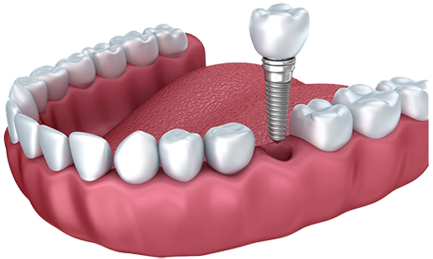If you have a large cavity that Dr. Prasad Gonavarum is unable to fill using traditional materials, he will likely suggest that you receive an inlay or onlay. This procedure is also appropriate for patients who have one or more teeth that appear darker than the others due to tooth decay. If you want to replace old metal fillings or don’t want to get a dental crown, inlays and onlays make a great alternative.
How Are Inlays and Onlays Different from Each Other?
Dr. Prasad Gonavarum will recommend placing an inlay if you have decay or a cavity on a single tooth cusp. The cusp of your tooth is the bumps on each side of it that you can feel with your tongue. He uses an onlay to treat and conceal tooth decay and cavities on multiple teeth. Both types of dental appliances attach easily to your teeth and remain in place indefinitely.
How the Process Works
The first time you visit Dr. Prasad Gonavarum for your inlay or onlay, he inspects the teeth receiving them as well as the rest of your teeth. He needs to be certain that your teeth are strong enough to keep the inlay or onlay in place before continuing with the procedure. Next, he takes an impression of your affected teeth and sends the results to our dental lab. When your customized inlays or onlays are ready, someone from our office will contact you to come in for a final fitting. You can always request a temporary inlay or onlay while waiting for our lab to finish your permanent ones.
As mentioned above, inlays and onlays can last indefinitely as long as you take proper care of them. You must commit to brushing and flossing at least twice a day to prevent additional toothy decay. One major benefit of inlays and onlays is that they provide a barrier against bacterial infection because Dr. Prasad Gonavarum matches them to the shape of your teeth. Please contact us soon to schedule a consultation to learn more about whether inlays and onlays are the right treatment for you.










